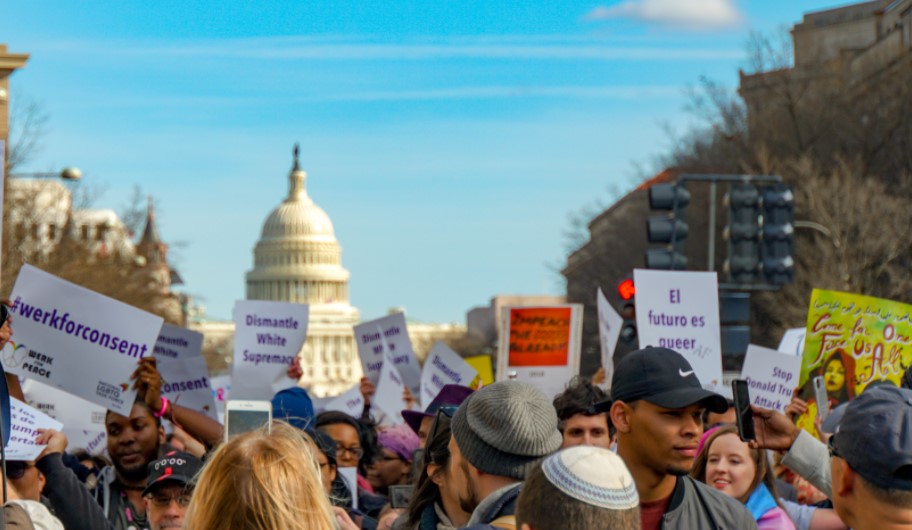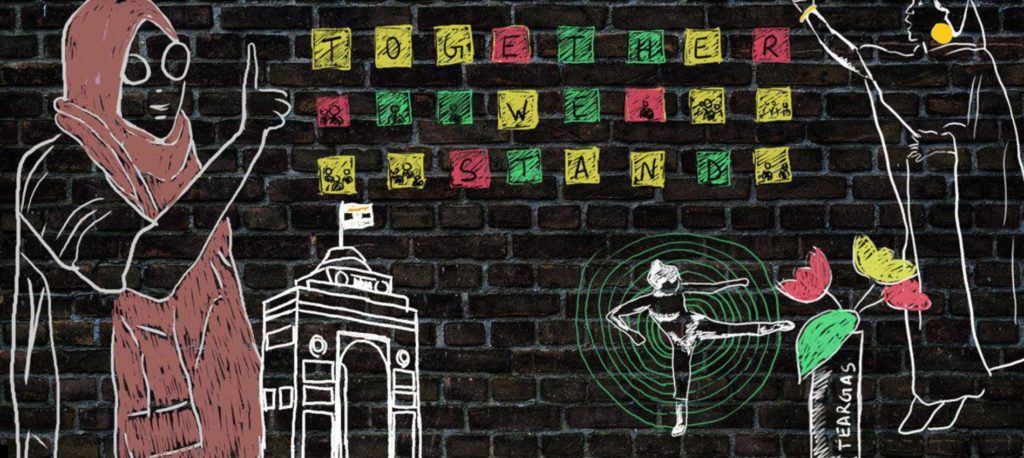
The history of protest sites is of as much relevance as the protest itself. For a country that came out of almost 200 years of colonial rule, the ability to dissent against authorities was inherent with the rebellious spirit. While every state has its own Hyde Park with people, a cause and support, the capital of the country is celebrated for its larger than life acts of defiance and ordinary people creating extraordinary spaces. Protest sites shifted from Ramlila Maidan to Jantar Mantar but nothing deterred the spirit of dissent. However, in 2017, the National Green Tribunal imposed a ban on protests at Jantar Mantar after hearing a plea filed by residents of Jantar Mantar road, who had claimed that processions and agitations “violate their right to live in a peaceful and healthy environment, right to silence, right to sleep and right to life with dignity.”
Frederick Douglas during the civil rights movement remarked that “If there is no struggle, there is no progress,” and this has been the sentiment all over the country. Not only have protests continued but multiplied in numbers regardless if spaces are available or not. The power of digital and online activism has reached greater heights and democratized protests to a larger extent. The generation has turned to posts and petitions for online protests. Change.org and Jhatkaa have seen the citizen become the change-maker by starting, continuing and taking petitions ahead. Protests are at a click of a button and justice is no longer a far cry.

In the 1960s when Marshall McLuhan coined the term “Global Village”, little did he anticipate that the world would come even closer than he expected. Communicating channels have not only acted as a connecting medium but also as the very source through which messages are emerging.
Another feature of the global community is that it has brought like-minded people together to create a community in which members ‘belong’ to the cause and to each other. It is from this environment that protests have gained the most. The reach and the ability of digital media to cut across geographical boundaries and time has only helped dissent gain momentum that has accelerated the transmission of ideas and opinions to a great degree.
The conventional methods of protesting are being replaced by more new, unique and rather necessary actions. Hashtags are forming a large part of the protests and help bring important issues to the ‘trending’ tab of social media apps such as Twitter, Facebook and Instagram. The message has only become more clear and loud where the algorithms are fast pacing and trends fast circulating. #MeToo proved to be a great example of how a single story could bring out multiple chapters of shared trauma across the globe.
What is also remarkable is that the language of dissent is becoming more explicit and direct. This language is not universal but the passion it carries reciprocates in multiple ways in different places. For instance, when Greta Thunberg started spending her school days outside the Swedish Parliament little did the world leaders know that as soon as this news would start reaching other countries, it would call for a global climate emergency. This had an impact on industries, businesses, brands and individuals strong enough for them to wake up, take to the streets and march their way to the future.

The constant in all the protests is the ability of social media to outpour solidarity in their own unique ways. This could be in the form of reposting, re-tweeting and sharing for apparent ‘visibility’. Another very strong tool that is being used to draw attention is to change profile pictures to a single adopted colour code to show agreement towards the cause. This normally involves using flags of the particular community, a symbol or no picture at all.
The year 2020 brought nothing but an extension of the digital spaces as a requisite to the changing circumstances. The nationwide anti – CAA protests had the famous Shaheen Bagh as one of the largest sit–in protests. Due to covid, the protest location had to be cleared but that did not deter the rebellious spirit in any way. Post lockdown, the protests became digital with information, explainers, pictures and individual stories being circulated on an even larger level.
Dr Courtney Radsch, writing in 2011 at the height of the Arab Spring, maintains that “Social media are not a panacea to the political, economic and social problems plaguing the region, but are potentially powerful tools for organising, mobilising, communicating and putting domestic issues on the international agenda.” And it is due to this ability that the most common way that government suppresses movements is through shutting down the internet. The ongoing farmers’ protest stands testimony to this. What has taken over are ‘twitter storms’ and reposting of stories which has created nothing but a more aware and informed set of people.
With the current situation all over the globe, online activism isn’t a hurdle in the way but has become ‘the way to register conflict.

